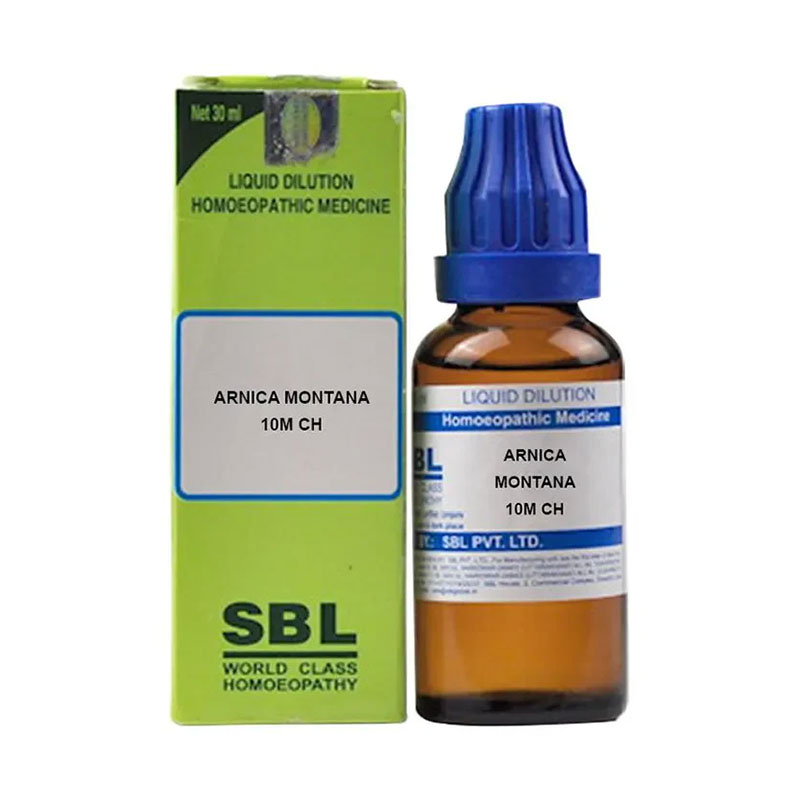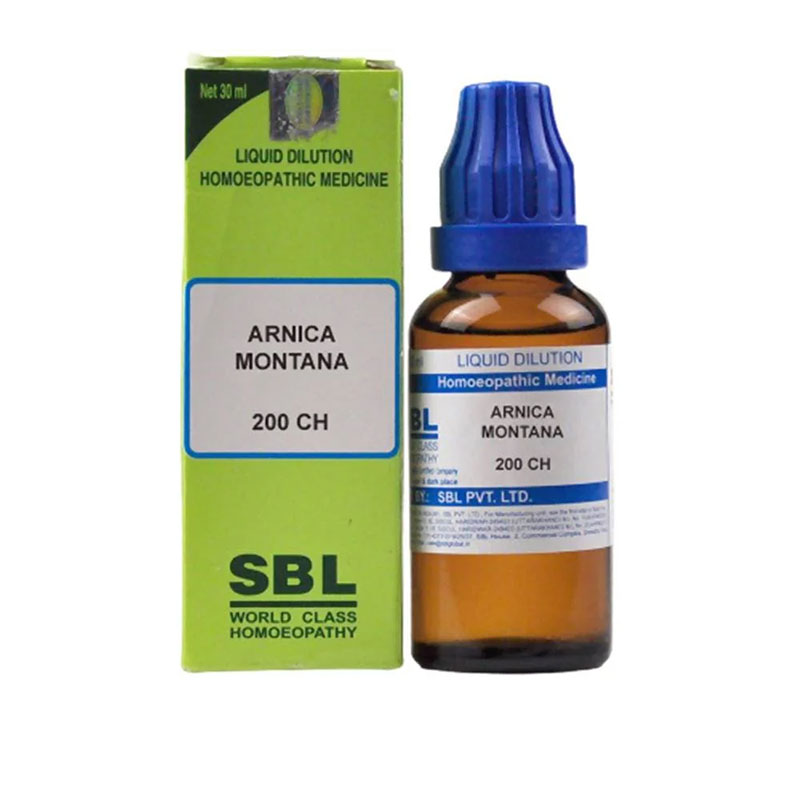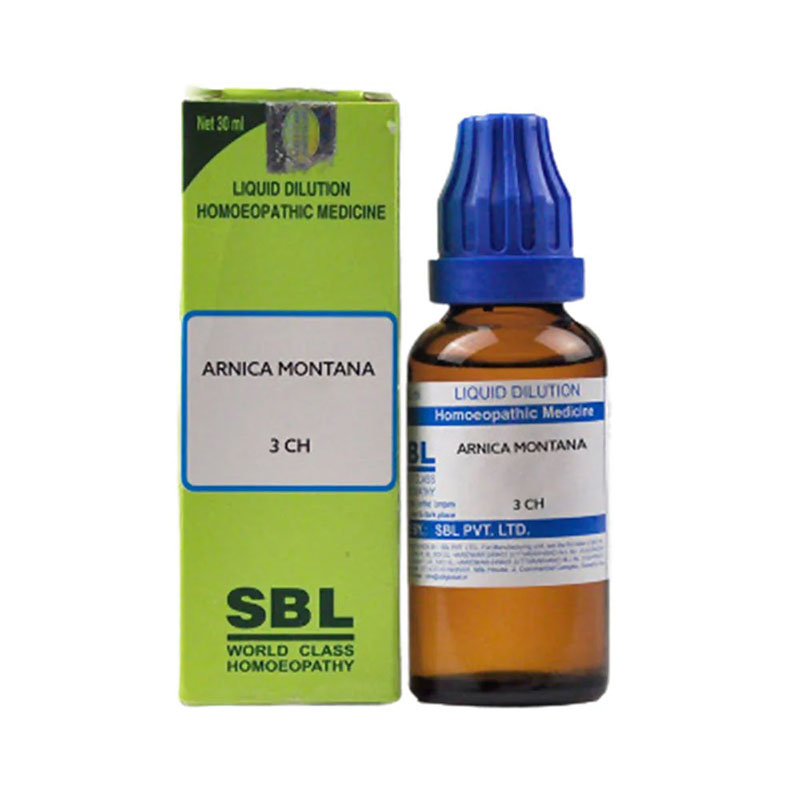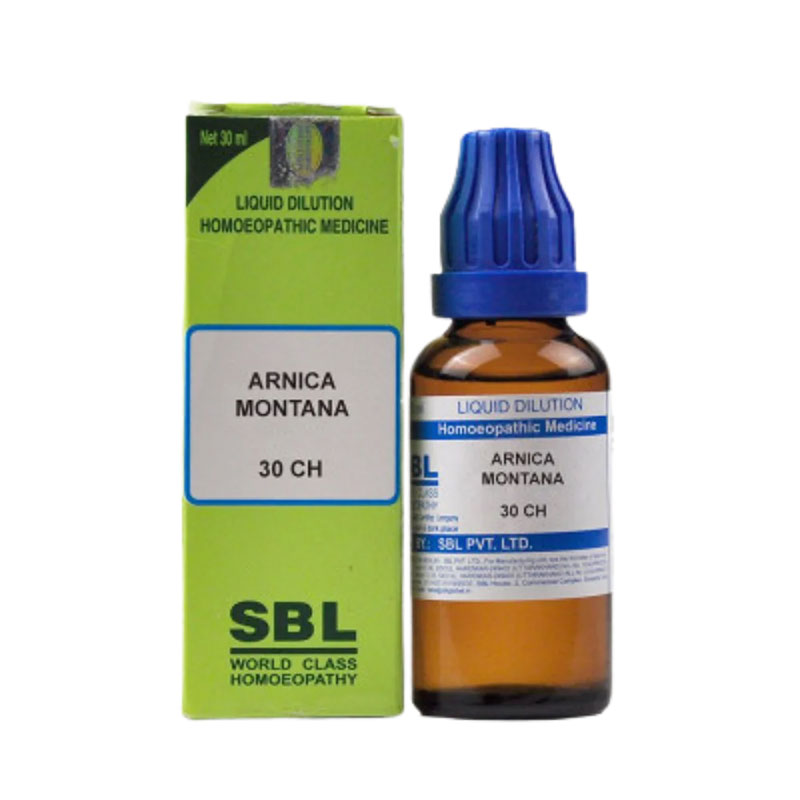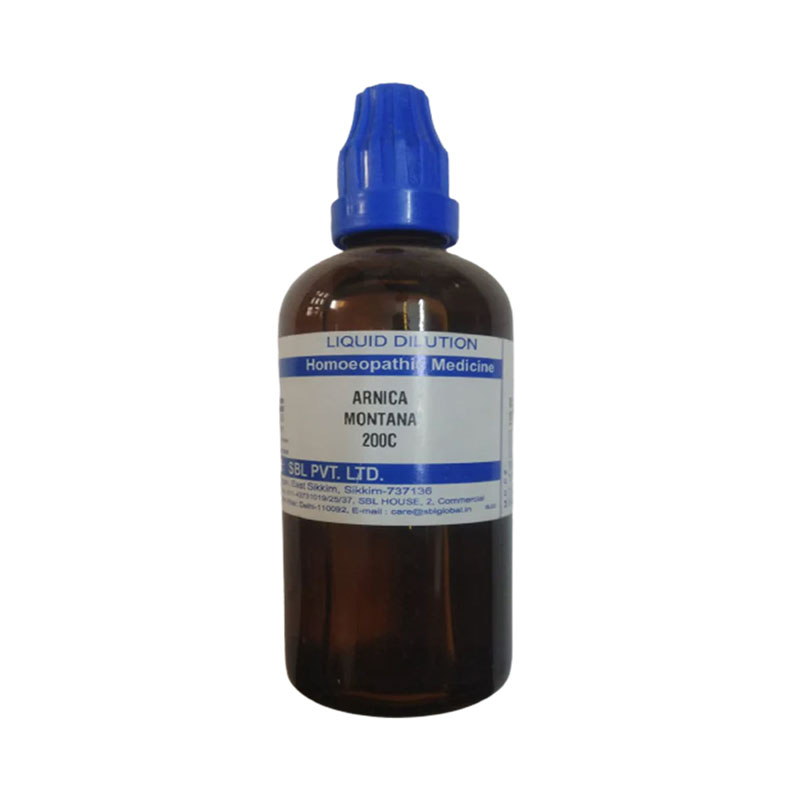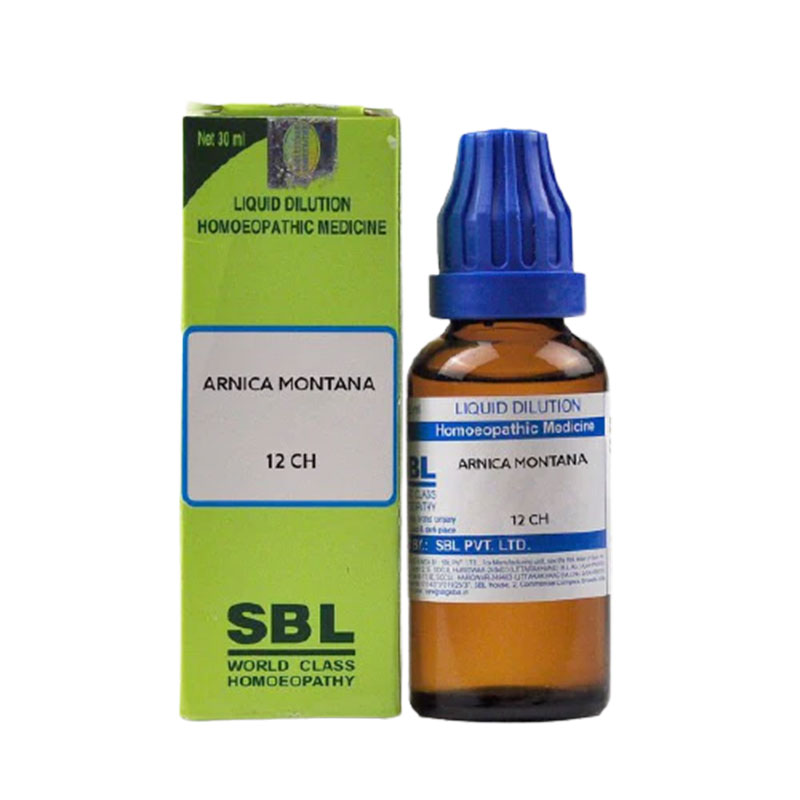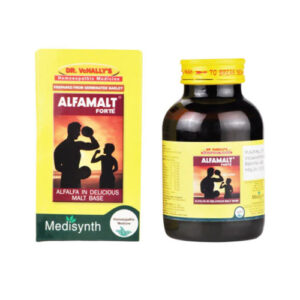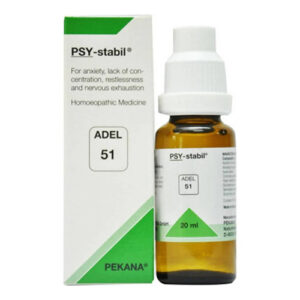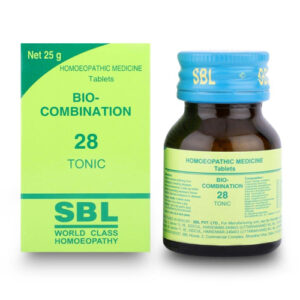Indication / Benefits
Arnica montana, a European plant with large yellow flowers, belongs to the Compositae (Asteraceae) family. It is valued for its anti-inflammatory properties and tissue repair promotion. Used externally for muscle pain and internally for dysentery and gout. It is commonly used as a first-aid remedy post-accidents, surgeries, or emotional stress and also used for joint pain, fever, and skin issues.
Common Names:
English:?Leopard?s bane, Wolfsbane, Mountain tobacco
German:?Wolfsblume or wolf flower
Arnica montana?can be helpful in the following conditions:
- Pain:
- Severe pain that feels like being bruised or sprained.
- Can’t tolerate being touched; fears being hit if someone approaches the sore area. Usually occurs after a fall or injury.
- Bruised pain in the lower back, feeling like vertebrae are dislocated, causing difficulty in walking erect.
- Erysipelas (Skin Infection):
- Skin eruptions with aching and bruised sensation all over the body.
- Feels uncomfortable lying, bed feels?hard.
- Hydrocele (Swelling of the Scrotum):
- Caused by injury or scrotal stitches.
- Testicles become hard, swollen, and tender.
- Insomnia (Difficulty in Sleeping):
- Due to exhaustion, either physical or mental.
- Discomfort on a bed; keeps shifting to find a softer spot.
- Iritis (Eye Inflammation):
- Caused by mechanical injury.
- Osteomyelitis (Bone Infection):
- Inflammation of bone marrow, adjacent bone, and cartilage.
- Sciatica (Back Pain):
- Result of overexertion.
- Feels extreme discomfort on a hard bed.
- Sunstroke:
- Head feels very hot, but body temperature is normal.
- Eyes turn red, sudden attack, and involuntary passing of stool and urine.
- Toothache:
- Used to stop bleeding after tooth extraction, prevent tooth loss, and reduce pain from dental procedures.
- Uterine pain:
- ?Especially after dilation and curettage (D&C) procedures.

